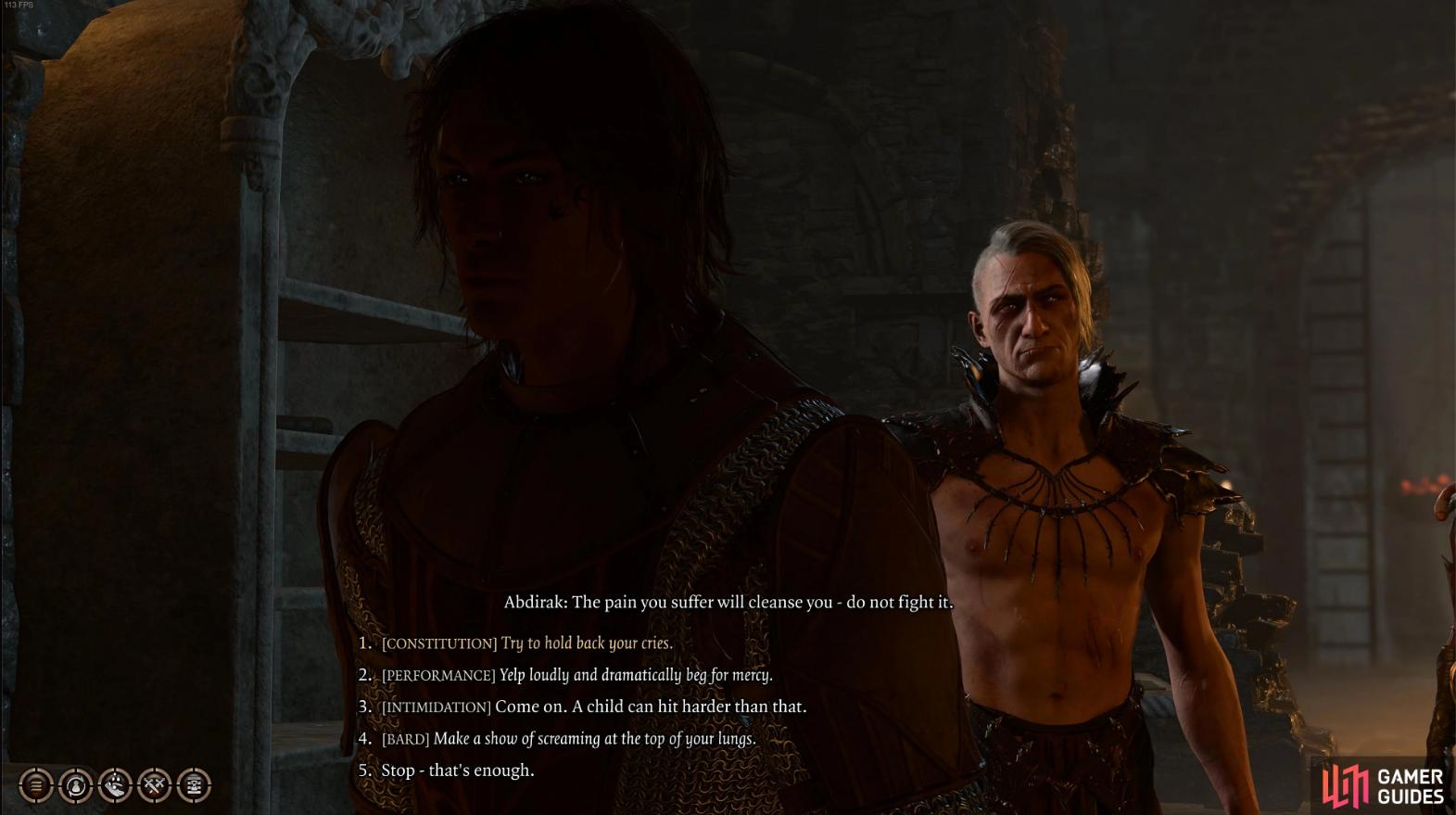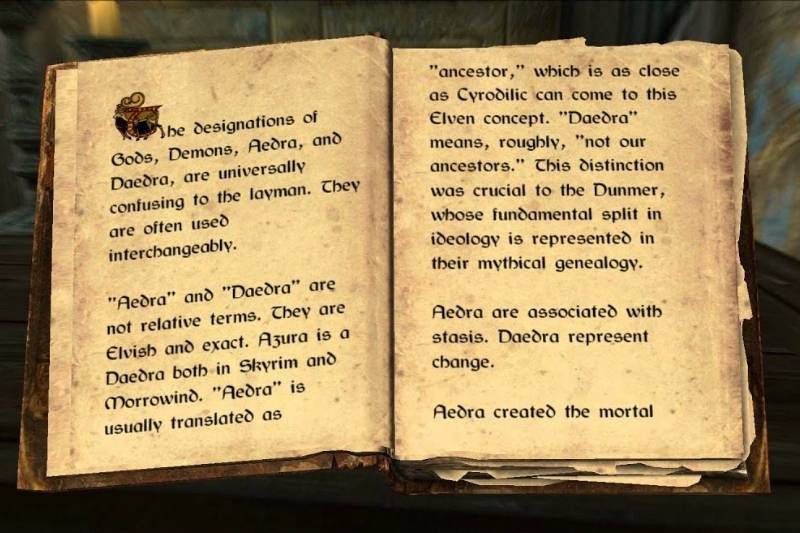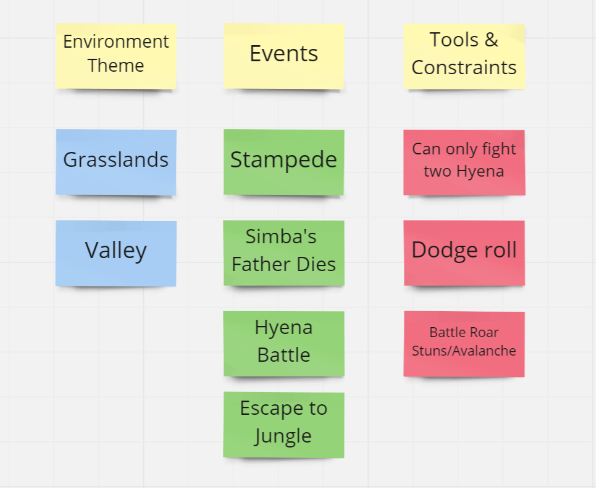Text
Description
Text refers to written or typed content that is an integral part of the game, used for various purposes such as storytelling, providing instructions, conveying information, and enhancing the player’s overall experience. Text in level design can encompass a wide range of textual elements and serve as:
- Narrative Text
- Subtitles
- Game Dialogue
- Quest and Item descriptions
- UI and menu definitions
- Tutorials and instructions
- Warnings
- Loading Screen text
- Ingame books
- Navigation and signs
- …
During the process of designing a level, text can serve as a communication medium that encompasses decisions and concretizes ideas. Text describes sketches and diagrams and simplifies the process of understanding the output of level design methods.
Examples
 Decision dialogue in Baldurs Gate 3
Decision dialogue in Baldurs Gate 3
 A book readable in Skyrim
A book readable in Skyrim
 Text produced while deciding on the concept of a game (https://gamedesignskills.com/game-design/level-design/)
Text produced while deciding on the concept of a game (https://gamedesignskills.com/game-design/level-design/)
...